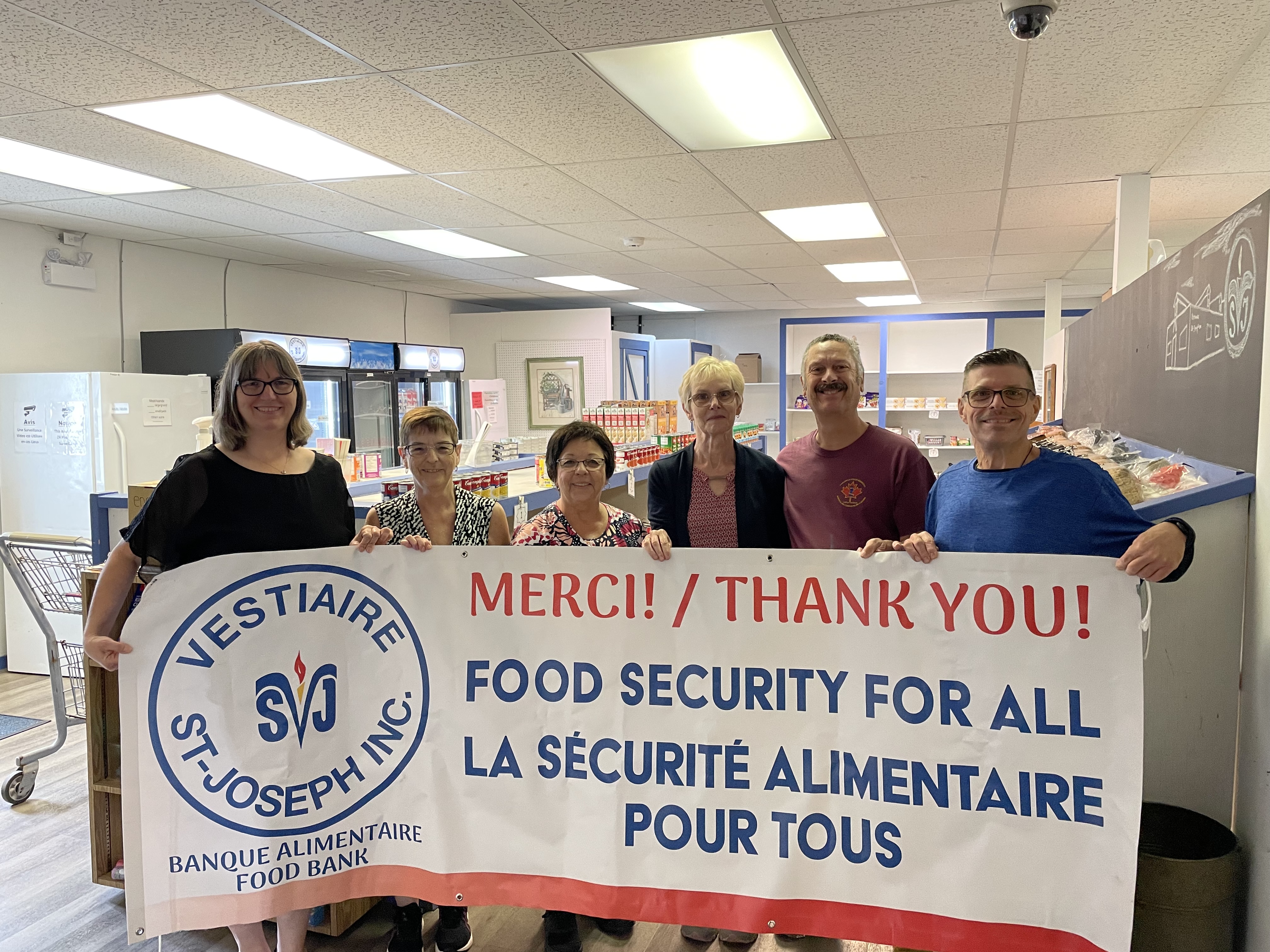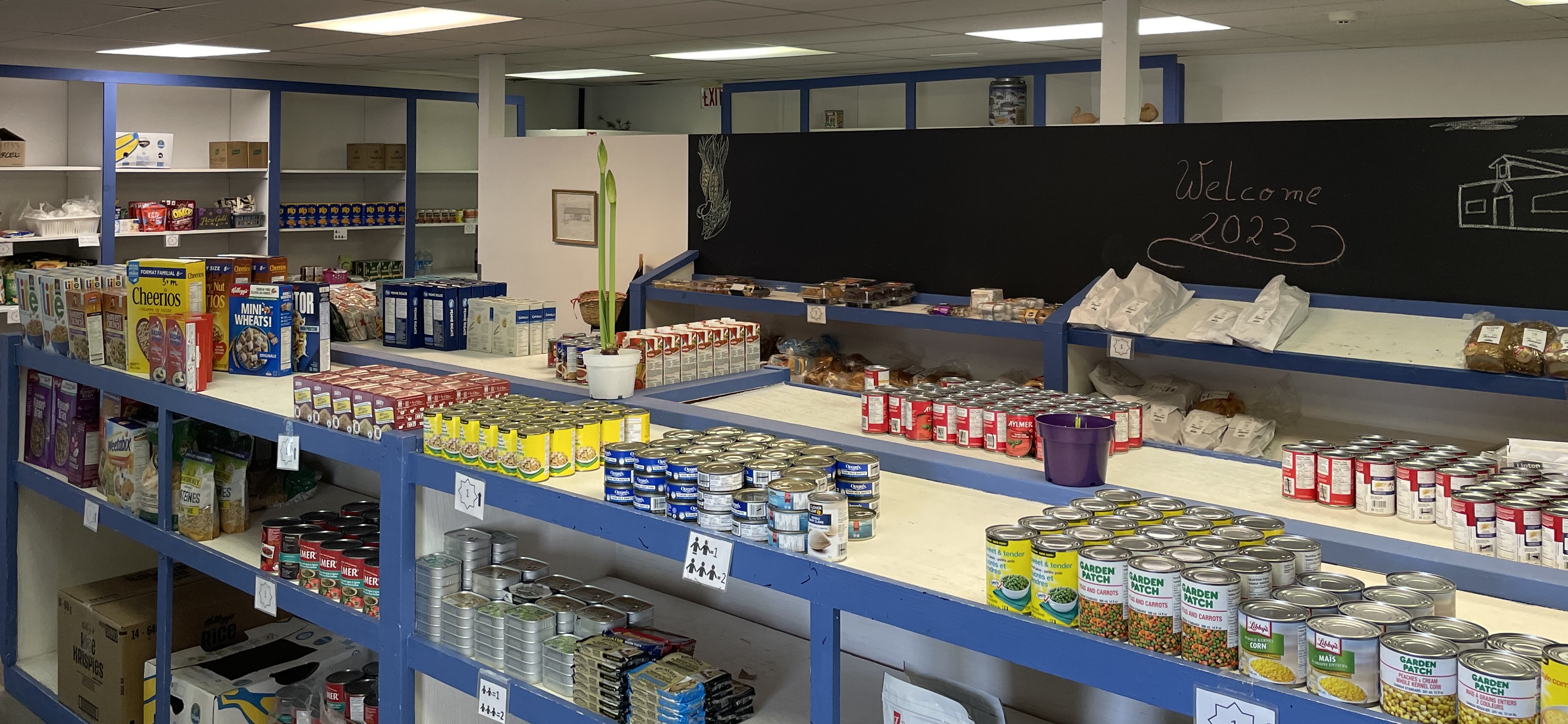If you’ve seen one food bank, you’ve seen … one food bank. Food Banks Canada collaborates with a network of over 5,100 organizations, each of which serves a community with distinct needs and operates in its own way.
A shared set of values and best practices underpins this healthy diversity: every network member upholds Canada’s Ethical Food Banking Code. And now, each one is also working toward accreditation through Food Banks Canada’s Standards of Excellence.
Some food banks have already completed this journey. This month, we’re celebrating the accreditation of Vestiaire St-Joseph in Shediac, New Brunswick, by sharing an interview with executive director Heather Richards about the experience.

What inspired you to become an accredited organization early on?
We wanted to take a proactive approach to show our commitment to the standards and the individuals we serve.
What was your first step in the process?
Our first step was to review each standard and determine which ones we were already meeting, and which areas needed improvement. Next, I developed a timeline and assigned tasks to board members and staff. The Food Depot Alimentaire had a staff member create resource manuals for each standard, which were extremely helpful.
Which standards were most manageable to meet? Why?
The standards I found most manageable were sections 2 (People Management), 3 (Financial & Legal) and 4 (Client Service & Care), because we were already compliant with the majority of them, and it took minimal work to gather what is needed for the verification process.
Which standards did you find daunting?
Those that were in section 1, Governance and Administration.
How did you overcome this?
I assigned my Board of Directors the areas we needed to improve to meet standards. They did the research and created draft documents. Afterwards, I edited the documents and ensured everything met the verification requirements.

What surprised you through the process?
What surprised me the most was how many of the standards we were already compliant with.
What advice would you offer to other organizations seeking accreditation?
I strongly suggest going through the standards one by one and marking off what you’ve already completed. This way, you’re starting off with a win. Then work on one section at a time. Take your time, and if you get stumped, reach out to someone for help and check out the templates on Workspace: there is no need to re-create a document that has already been done. If possible, assign tasks to other staff and/or board members. Working as a team will be less stressful, and things will get done faster.
What value does reaching accreditation provide to your organization?
Reaching accreditation validates our commitment to meeting industry standards and best practices. It demonstrates to the community, those accessing our services and our donors that we go through an evaluation process and have standards to uphold.
What value does it bring to the food banking system?
Accreditation adds value to the work we do. It promotes operational efficiency and ensures that those accessing our services receive the best quality of care.
For the food-banking system, it demonstrates a commitment to meeting high standards of food safety and distribution efficiency. It enhances credibility and trust among donors, partners and the community, which may lead to increased support and donations.